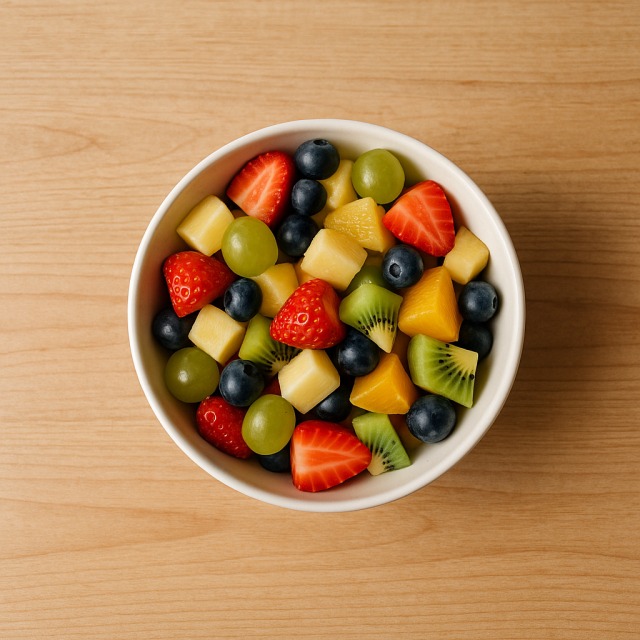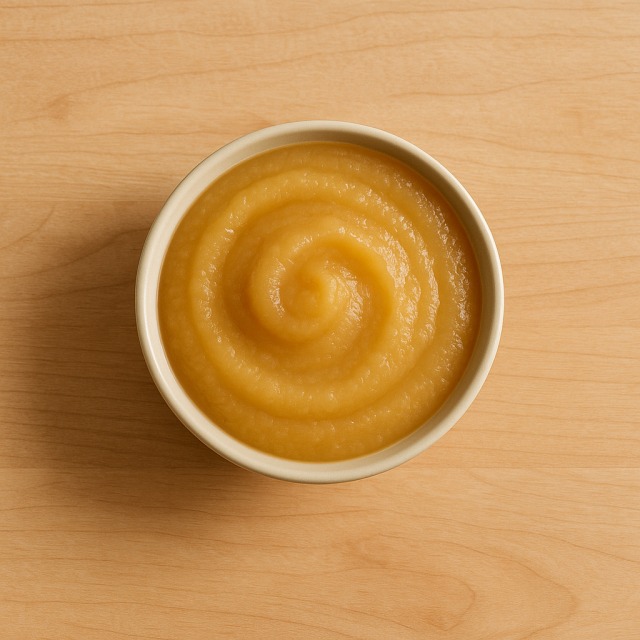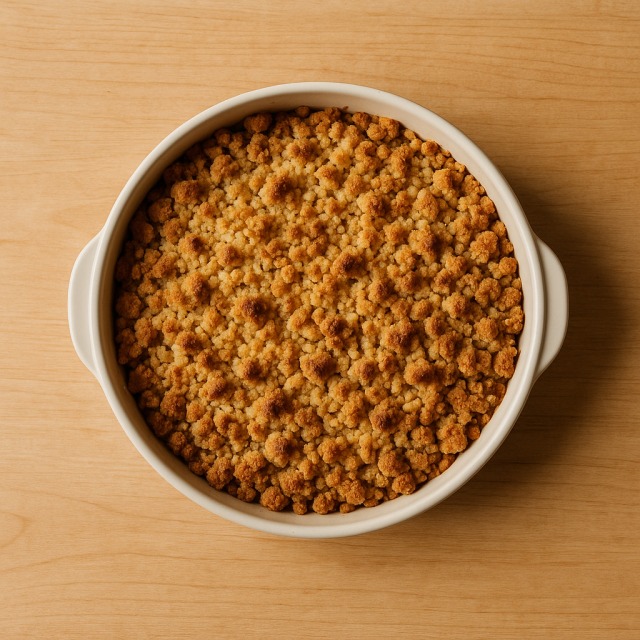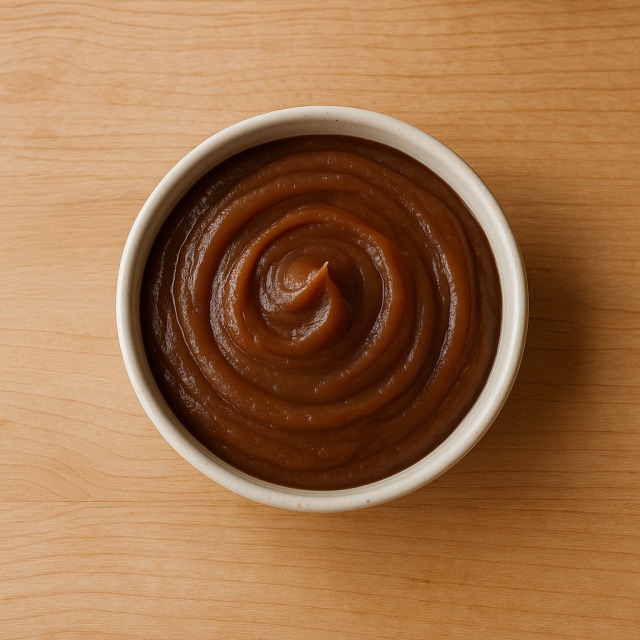Calorie Chart / Desserts / Fruit salad
How Many Calories Are in Fruit salad?
Calculation of the nutritional value & Recommended Dietary Intake of fruit salad
For g and a calorie requirement of kcal
| Calories 125 kcal | Proteins 0.6 g | Lipids 0 g | Carbohydrates 31 g |
| 6% | 1% | 0% | 11% |
Health benefits of fruit salad

Fruit salad - 100g
Calories 89 kcal
Proteins 0.4 g
Lipids 0 g
Carbohydrates 22 g
With only 89 kcal per 100 g, fruit salad is considered a moderate-calorie option that delivers natural sweetness without the excess calories of many desserts. Because it is virtually fat-free and contains just 0.4 g of protein, most of its calories come from easily digested carbohydrates that recharge glycogen stores without weighing you down.
The mix of fruits usually supplies high levels of vitamin C, provitamin A (beta-carotene), potassium, and soluble fibre. These micronutrients support immune function, help regulate blood pressure, and promote satiety, thereby assisting people who monitor their calories. Anthocyanins from berries and polyphenols from apples or grapes add antioxidant protection that may reduce oxidative stress caused by intense workouts.
Because fruit salad is rich in water (about 85%), it contributes to hydration with very few extra calories. Historically, "Macedonia of fruits" appeared on French tables in the 18th century as a refreshing end-of-meal dish when heavy pastries packed with calories were the norm. Today, its vivid colours and moderate calories make it a staple of diet menus, airline meals, and post-race buffets around the world.
Tips for incorporating fruit salad into a balanced diet
To keep the calories of your fruit salad in check while increasing creaminess, stir in a spoonful of plain yogurt or 0% fromage blanc instead of whipped cream. For a satiating breakfast, layer fruit salad with crunchy muesli and a drizzle of honey: you will add slow-release carbs and proteins without exploding the calories, unlike many commercial granolas.
At lunch, combine a light citrus-based fruit salad with a lean protein such as grilled chicken breast and steamed broccoli. This trio supplies muscle-building amino acids, vitamins, and still keeps overall calories moderate. For a summer barbecue, serve fruit salad as a side to fish like salmon; the fresh acidity cuts through the fat and keeps the plate lower in calories than mayonnaise-laden sides.
Athletes can blend a portion of fruit salad with ice cubes to make an isotonic smoothie that replaces electrolytes without the high calories of commercial sports drinks. To boost recovery, top the salad with a handful of chopped almonds or crushed pistachios: the good fats slightly raise calories but also supply magnesium for muscle relaxation. On festive days, turn it into a light dessert by adding one scoop of fruit sorbet; you will satisfy your sweet tooth yet still manage your calories better than with pastry.
Frequently Asked Questions
- How many calories are in fruit salad?
- Fruit salad provides about 89 kcal per 100 g.
- Is fruit salad low enough in calories for weight loss?
- Yes, 89 kcal per 100 g is modest; choose fruits with less added syrup to keep calories low.
- Does adding sugar greatly increase the calories?
- A tablespoon of sugar adds roughly 20 kcal, so repeated spoonfuls can double the calories of a serving.
- Which fruits raise the calories of a fruit salad the most?
- Banana, mango, and grape are denser in calories, while watermelon or strawberry keep calories lower.
- Can I replace dessert with fruit salad to reduce daily calories?
- Swapping a 300 kcal pastry for a 150 kcal bowl of fruit salad can save about 150 calories per meal.
- Is canned fruit salad higher in calories than fresh?
- It often contains syrup that can add 30–50 extra calories per 100 g; rinsing the fruit lowers those calories.
Similar foods
Information provided by Calorie Menu may contain inaccuracies or errors. It cannot, under any circumstances, substitute medical advice or medication.










